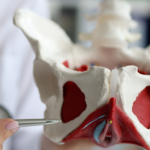Pelvic floor preparation for birth
Next post



Input your search keywords and press Enter.